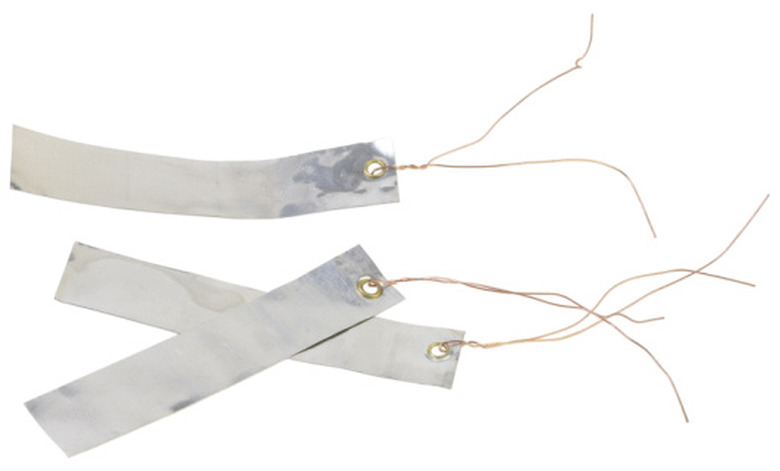Three Types Of Conduction
Conduction is the process by which something, such as heat or an electric current, moves through one substance to another substance. One of the substances or objects remains stationary throughout this process, yet it is still affected by the difference in temperature, energy or heat of the other substance.
Electric Conduction
Electric conduction refers to the ability of a material to transfer an electric current. Conductivity is determined by how dense an object is compared to the strength of the electric field it can maintain. Metals are substances with a high level of conductivity (also known as a conductor) since they display minimal resistance to an electrical charge. Insulators, such as glass, are materials that are resistant to electrical charges. Televisions, radios and computers are examples of inventions that rely on the current provided by electric conduction.
Heat Conduction
Where electric conduction refers to a transfer or electric current, heat conduction refers to a transfer of energy, specifically thermal energy. Heat conduction is sometimes called thermal conduction. The energy is transferred within a stationary object as a result of a change in temperature in parts of a material adjacent to one another. The energy will move quickly or slowly depending on what the object is made of, how large it is and, most importantly, the temperature gradient. Temperature gradient refers to the rate and direction in which the temperature changes from a specific point to another point. Diamonds and copper are materials with high thermal conductivity.
Photoconductivity
Photoconductivity occurs when a material absorbs electromagnetic radiation, resulting in a change in the substance's electrical conductivity. The electromagnetic radiation can be caused by something as simple as a light shining on a semiconductor or something as complex as a material being exposed to gamma radiation. When the electromagnetic event occurs, the number of free electrons increases, as does the number of electron holes, thus increasing the object's electrical conductivity. Common applications of photoconductivity include copy machines, solar panels and infrared detection equipment.
Mathematical laws address both electrical conduction (Ohm's Law) and heat conduction (Fourier's Law). Ohm's Law shows how voltage (V), current (I) and resistance (R) are related. Ohm's Law can be expressed in several different ways, including V = IR, which means that the voltage is equal to the current multiplied by the resistance. Fourier's Law shows that thermal energy moves from warmer materials to cooler materials. Fourier's Law can be written as q = k A dT / s. In this equation, q refers to the rate of heat conduction, A is the heat transfer area, k is the material's thermal conductivity, dT is the difference in temperature across the material and s refers to how thick the material is.
Cite This Article
MLA
Furlong, Michelle. "Three Types Of Conduction" sciencing.com, https://www.sciencing.com/three-types-conduction-8491745/. 24 April 2017.
APA
Furlong, Michelle. (2017, April 24). Three Types Of Conduction. sciencing.com. Retrieved from https://www.sciencing.com/three-types-conduction-8491745/
Chicago
Furlong, Michelle. Three Types Of Conduction last modified March 24, 2022. https://www.sciencing.com/three-types-conduction-8491745/
